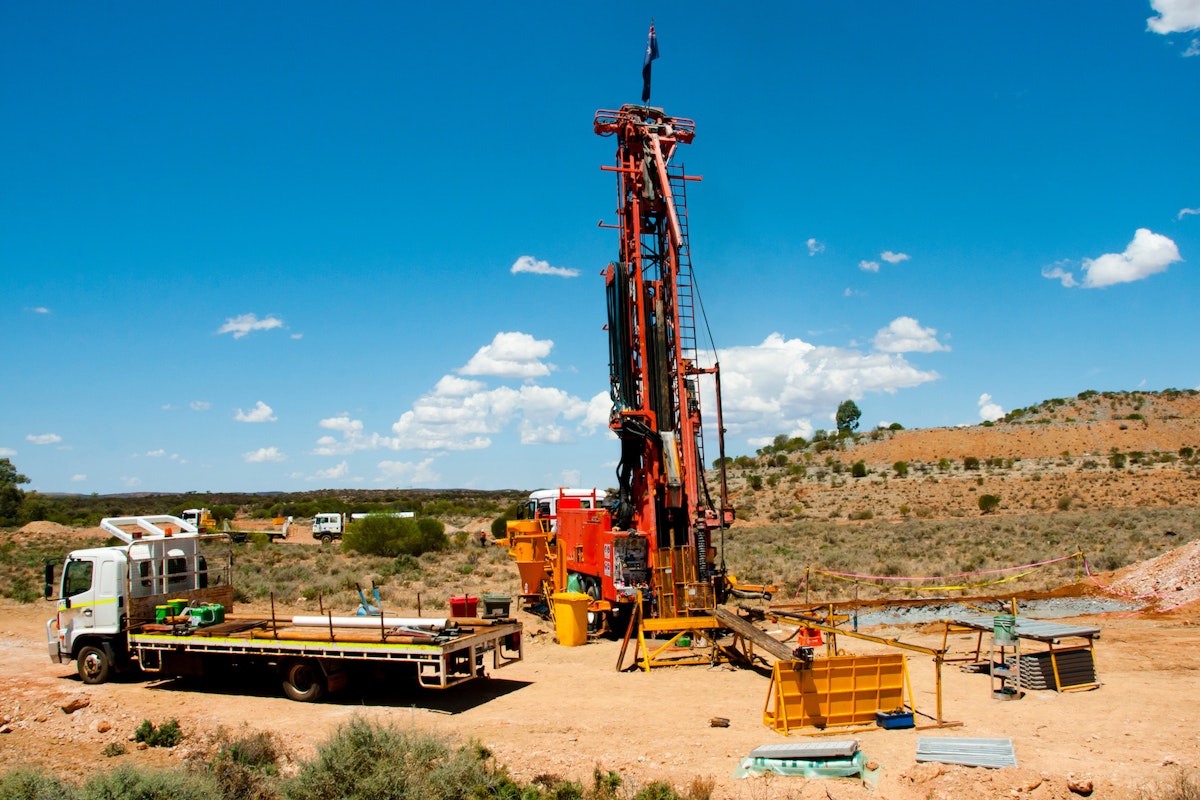Fiscal Austerity for the U.S. Geological Survey Is a Critical Minerals Mistake
Government-led mineral exploration can expedite domestic mine construction

-
-
Share
-
Share via Twitter -
Share via Facebook -
Share via Email
-
Policies that lower barriers to constructing domestic mines serve a vital role in securing critical mineral supply chains. Yet, U.S. policymakers have chiefly prioritized reducing lead times at the permitting stage, overlooking opportunities targeting the exploration stage by accelerating mapping campaigns that can take years and cost millions without certainty that the effort will yield a workable deposit. Policy discussions regularly cite permitting timelines as spanning upwards of 10 years, forgetting that just discovering a deposit can often take just as long.
Policymakers must better appreciate the ability of public exploration programs to reduce lead times for new mineral production. Critically, few voices are currently calling to maintain funding for the U.S. Geological Survey’s Earth Mapping Resource Initiative. This program constitutes the only concerted federal involvement in domestic critical mineral exploration, yet the majority of its funding will expire in 2026. Failure to extend the program’s budget would be a strategic policy error.
The U.S. must maintain support for public exploration programs, recognizing that an effective critical mineral strategy actually aids mine construction at both the exploration and permitting stages in a complementary manner. Reducing federal involvement in mineral exploration risks perpetuating long project lead times, decreasing the number of successful critical mineral mines, and misdirecting valuable private sector investment overseas.
Policy recommendations to support public mineral exploration:
Congress should maintain funding levels for the U.S. Geological Survey Earth Mapping Resource Initiative at $75 million per year, avoiding expiration of elevated funding in 2026.
The U.S. Geological Survey should engage with industry and academic experts to ensure that public geologic data best meet private sector needs.
In particular, policymakers and scientists should consider the potential benefits of extending public geological data collection to subsurface core drilling—the next step of mineral exploration following surface and aerial campaigns.
Mapping campaigns should strive to collect non-mineralogical data like groundwater observations and site ecological characteristics to expedite subsequent environmental reviews conducted for permitting.
Congress and the USGS should consider synergies between mineral mapping efforts and the potential to simultaneously map other energy resources such as subsurface geothermal heat.
The federal government should strategically construct roads on federal land in areas with notable critical mineral potential to facilitate private sector exploration activities.
- Congress should remove the 50% federal cost sharing cap with state surveys for federal geologic data preservation programs imposed by the Energy Policy Act of 2005.
